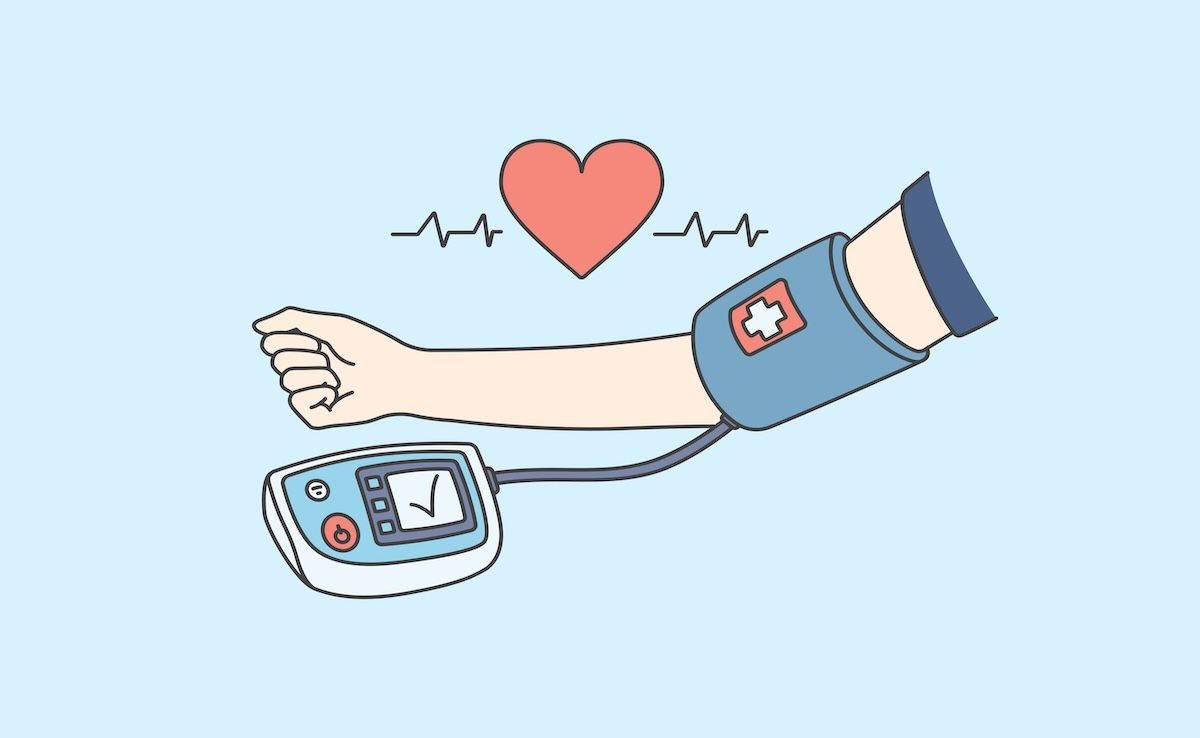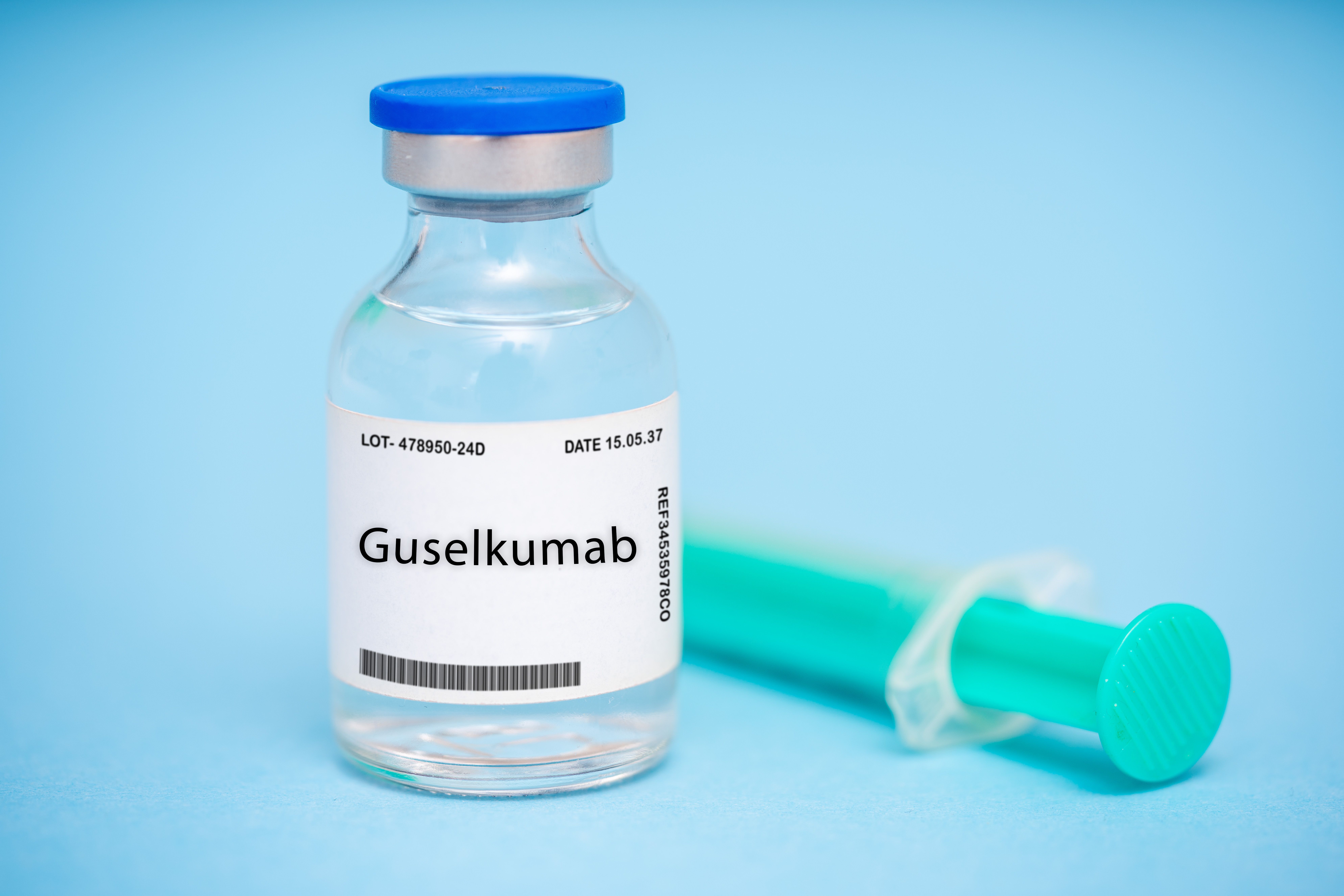Video
Long-term Data on Improving OS for Patients With MM
Sundar Jagannath, MD: I have a few comments when we look at it because Ola, you know, sometimes we go to Europe and look at our European colleagues’ perspective. For them, transplant is approved, paid for by the government and for the overall cost or financial toxicity, they find transplant is less compared to some of the newer drugs and continuous 3 and 4 drugs over a period of time. That is 1 perspective to keep in mind how the same data, those who are transplanters, still feel like the transplant is important. That’s number 1.
Number 2 is we have also learned now in myeloma, this came from a Memorial Sloan Kettering Cancer Center study in a patient with a solid tumor, that this elderly patient, when you look at the non-myeloma component and you look at what is called CHIP, or clonal hematopoiesis of indeterminate potential. When we send the bone marrow to Foundation Medicine, Inc, we get it back, and they have a TET2 mutation or DNMT3A mutation, etcetera. So, it may come to pass, these patients may be someone who has to be careful. You cannot expose them perhaps to an alkylating agent, high-dose therapy like melphalan, and then put them on maintenance therapy with an IMiD [immunomodulatory imide drug]. Maybe they are the ones who could develop a secondary leukemia, etcetera.
My feeling is we need to do some homework there. For the population statistics like retrospectively going in to CIBMTR [Center for International Blood and Marrow Transplant Research] and pulling up and putting out there, we have to keep in mind that the treatment, the prior therapy, everything has changed over time as well. So that should also be kept in mind. We have long-term data for those who do the transplant, and we have cured 10% to 15%. Looking at Arkansas data, looking at the French IFM [Intergroupe Francophone du Myelome] data, we have proven it. None of these novel agents still have 15 years KRd [carfilzomib, lenalidomide, dexamethasone] data yet.
John Fox, MD, MHA: I have a question. Are we approving drugs prematurely when we don’t have even progression-free survival data, let alone overall survival data? Are we approving drugs prematurely when we don’t know what the benefits are? We do have, as you point out, data showing the benefits, the survival data, of transplant data. How do you, as oncologists, in this era when the FDA is increasingly approving drugs based on limited amounts of data, making decisions?
Ola Landgren, MD, PhD: We have an accelerated approval program from the FDA.
John Fox, MD, MHA: But that doesn’t give you the data that you need to talk to patients about what their likelihood of benefit is.
Ola Landgren, MD, PhD: But I do think these are obviously very important aspects here. I think Sundar brought up before that the data we have from the real world show that every time there are new added drugs to the field, that’s reflected in the real-world data with longer overall survival. There are multiple studies showing that the approval and access to drugs just keep on extending survival. If you think 20 years back for myeloma, the average survival was 2 to 3 years. As I mentioned before, I think the projected overall survival today is 10 to 20 years. That’s 10 times more. That’s unbelievable.
John Fox, MD, MHA: Fair enough. So, the FDA in requiring us to do triple combination therapy versus dual therapy combination therapy isn’t helping advance the state of the art in understanding which drugs are more effective. If we wanted to understand what was best for patients, we do triple-to-triple combination therapy, head-to-head trials, right?
Ola Landgren, MD, PhD: But those are not the trials that the FDA required for approval.
John Fox, MD, MHA: Understood. But if you want to treat a patient, and I want to pay for that, and the patient wants to receive therapy, at least my impression is that we’re operating with less data to help inform the patient and inform you about what optimal therapy is. Would you agree with that?
Ola Landgren, MD, PhD: I would agree with that.
John Fox, MD, MHA: So your point is, and I agree, that triple therapy is better than dual therapy. Quadruple therapy is better than triple therapy is better than dual therapy. What’s the end game? Are we going to be looking at 5-drug combinations in the future because we’ll get greater MRD [minimal residual disease]-negativity with induction therapy in these patients?
Sundar Jagannath, MD: Actually, I would argue the other way around because of the science on understanding the depth of response. All the trials are doing MRD, but is it to the benefit of the pharmaceutical industry, clinicians, as well as the FDA to really understand the depth of response? It is becoming routine, right? You have been going to many committees and meetings to say that the MRD should be really incorporated. Well, it may not be the drug approval per se, but the MRD is now pretty much incorporated. As you know, as we are doing MRD, I’m doing MRD in my own practice to tell me what I should do next.
As we get the MRD, we are getting even better—I shouldn’t say even better—really good drugs in the pipeline, which to me is a total surprise because usually you get diminutive returns over time in the frontline….
John Fox, MD, MHA: By adding that fourth or fifth drug, yes.
Sundar Jagannath, MD: As you get the drug fourth-line, fifth-line. So, if a drug used to give 50% response, with Revlimid 60% response, when there was no IMiD. Then the pomalidomide came, it came down to 30% or so. Then you get another drug coming in, selinexor, for instance, it gives 26% response, and that drug was just recently approved. So, you always thought it would be a diminutive response, but there are some drugs that are coming in—immuno-oncology therapy, bispecific antibodies, dual antibodies—are targeting CD3 on 1 set and the tumor cell on the other set. Then there are CAR [chimeric antigen receptor] T-cell therapies. These are in an unmet medical need situation, producing responses almost greater than 60%—1 antibody drug conjugate is in front of the FDA with a 60% response rate. You are talking about 90% response with the others, especially with the CAR T cells. I have a feeling that once these somewhat effective drugs move forward, the depth of response MRD-negative, you don’t have to add more drugs anymore.
So, the melphalan stem cell transplant was not adequate. And as clearly pointed out at that time, we used to call it VAD chemotherapy. People wouldn’t know VAD. It’s vincristine, adriamycin,
dexamethasone induction. We don’t use it anymore, and the younger generation doesn’t even know how to administer it. But now, people know VRd [bortezomib, lenalidomide, and dexamethasone]. My feeling is as the new drugs come in, I should assure you your life will become easier, not more complicated, and we oncologists won’t be jumping in and adding more—actually less.
John Fox, MD, MHA: I like your prediction. I hope it comes true.




